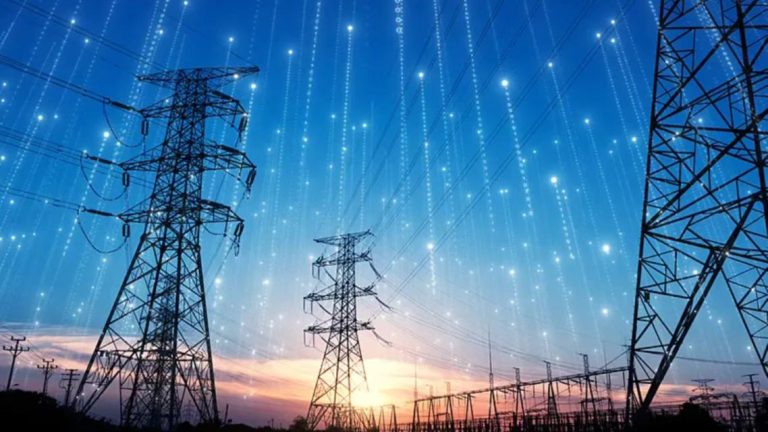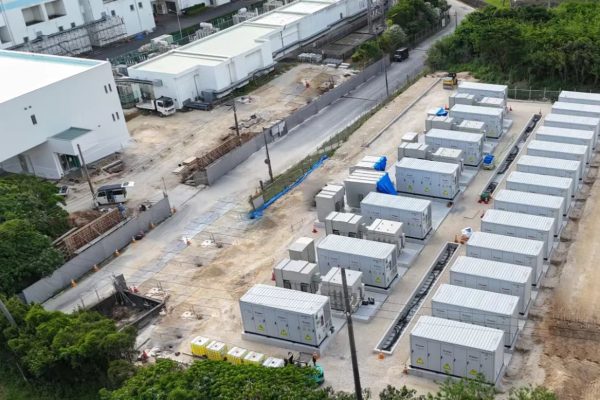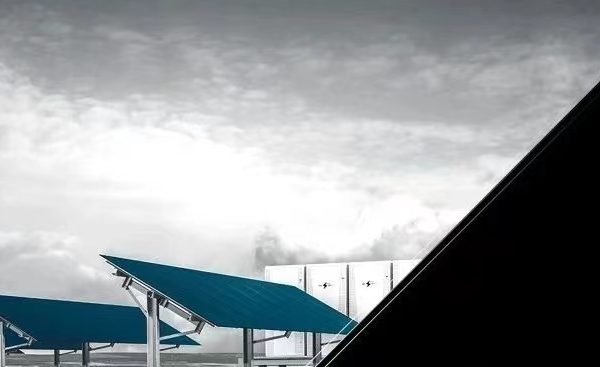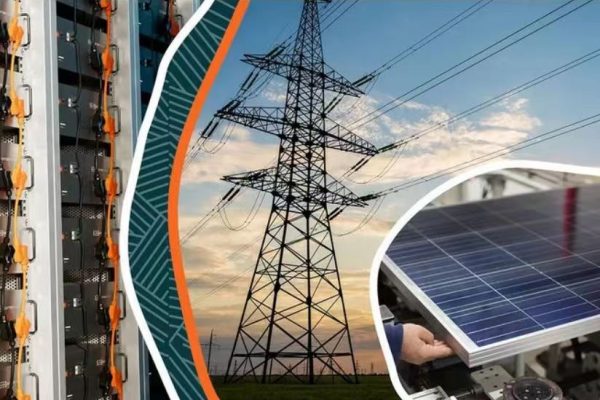From Spec Sheet to Long-Term Field Performance
Hybrid inverters are the backbone of modern solar + storage systems, especially in small-scale residential, commercial, and off-grid applications. But the purchase and installation of a hybrid inverter is not the end of the journey—it’s the beginning of a product lifecycle that directly impacts system uptime, user satisfaction, and long-term ROI.
In this article, we break down the hybrid inverter lifecycle into three key stages:
- Design & Selection
- Deployment & Commissioning
- Maintenance & Lifecycle Management
Whether you’re an EPC, distributor, or trader supporting projects from afar, understanding this cycle helps you minimize risk and build trust with clients.
🔧 1. Design & Selection: It Starts with the Right Fit
Before the system is even installed, choosing the right inverter model is critical. Oversizing, undersizing, or selecting incompatible models can lead to long-term technical and financial issues.
Key Design Considerations:
| Factor | Why It Matters |
|---|---|
| PV Input Voltage Range | Must match panel string configuration |
| Battery Compatibility | LFP vs. NMC, voltage window, comm protocol |
| Grid Mode Support | On-grid, off-grid, or both |
| Load Priority Settings | Needed for critical loads or backup scenarios |
| Communication Protocols | RS485, CAN, Modbus support for BMS/EMS |
| Certifications | IEC, CE, UL, local grid codes |
🎯 Tip: Look for models that allow future upgrades, such as parallel operation or firmware customization.
🚚 2. Deployment & Commissioning: First Impressions Matter
A solid product is only as good as its on-site execution. Installation quality and proper commissioning determine the system’s performance from day one.
Best Practices During Deployment:
- Use correct cable gauges and terminal torque values
- Avoid heat traps—see our article on Heat Dissipation Techniques for Wall-Mounted Hybrid Inverters
- Respect the IP rating—see IP Rating and Inverter Placement: Key Environmental Factors
- Verify PV polarity, grounding, and AC wiring
- Commission the battery settings and communication parameters
- Test backup switching if available
📋 Checklist: Use an Inverter Commissioning Checklist for Small Projects to ensure nothing is missed.
A mistake at this stage can cause tripping, overheating, or permanent damage—costly to fix remotely or post-shipment.
🔁 3. Maintenance & Lifecycle Management
Even the best inverters require monitoring and occasional service to maximize lifespan—typically 5 to 10 years, depending on thermal conditions and usage intensity.
What Long-Term Owners Should Do:
| Task | Frequency | Why It Matters |
|---|---|---|
| Clean inverter vents | Every 6 months | Prevents overheating |
| Firmware updates | As released | Fixes bugs, improves performance |
| Log file export | Monthly/Quarterly | Early fault detection |
| Battery voltage sync check | Yearly | Ensures healthy charging cycles |
| Check for corrosion/ingress | Annually | Especially in humid climates |
⚙️ Remote Monitoring: An Optional, Valuable Layer
Hybrid inverters today often support Wi-Fi or 4G-based remote monitoring via apps or portals. This allows:
- Real-time alerts
- Historical energy trends
- Faster tech support
- Simplified warranty claims
Not all inverters come with free or permanent monitoring access—check licensing, data retention, and API availability before recommending a model.
🛠️ Common Maintenance Requests by Project Year
| Year | Typical Issues | Solution |
|---|---|---|
| Year 1 | Wiring mistakes, config errors | Resolved through site checks |
| Year 2–3 | Fan noise, low battery runtime | Replace fans, review settings |
| Year 4–5 | Firmware mismatches | Remote upgrades or tech support |
| Year 6+ | Fault code events, component aging | Evaluate for replacement or overhaul |
📦 What Should Be Included in Lifecycle Support?
As a technical trader or supplier, your value-add grows when you can offer:
- Pre-shipment QA reports
- Onboarding manuals and diagrams
- Commissioning support (remote or in-person)
- Troubleshooting flowcharts
- Spare parts list and replacement roadmap
- Warranty claim SOPs
This positions you as more than just a product vendor—you become a reliable partner for long-term project performance.
💡 Final Thoughts
A hybrid inverter is not just a box—it’s an intelligent, long-lifespan device that controls the flow of energy in your customer’s system. Its lifecycle affects every stage of the solar + storage journey, from design precision to real-world reliability.
By choosing the right inverter, commissioning it correctly, and planning for its full service life, you can reduce system downtime, improve customer satisfaction, and protect your reputation in competitive markets.









